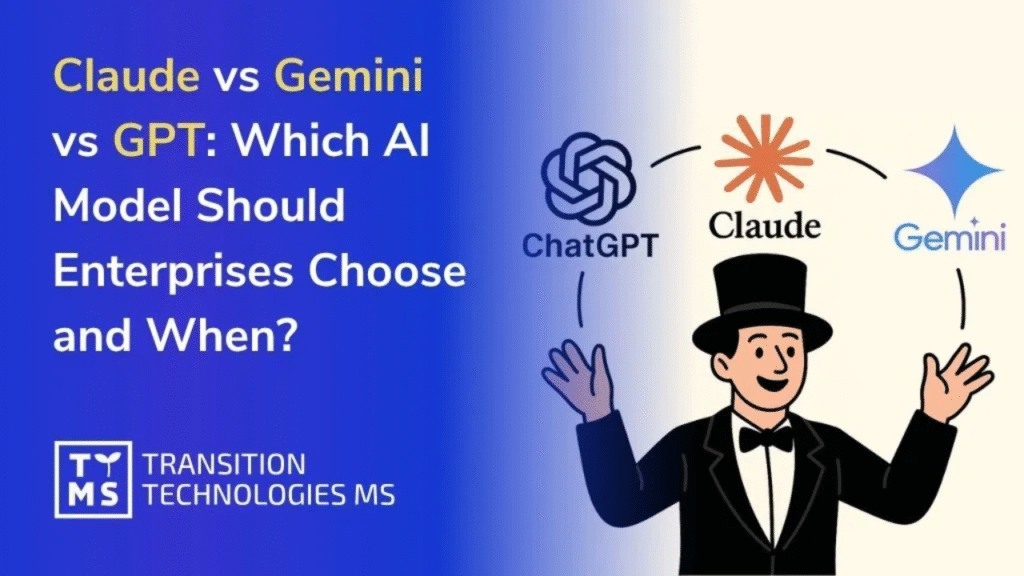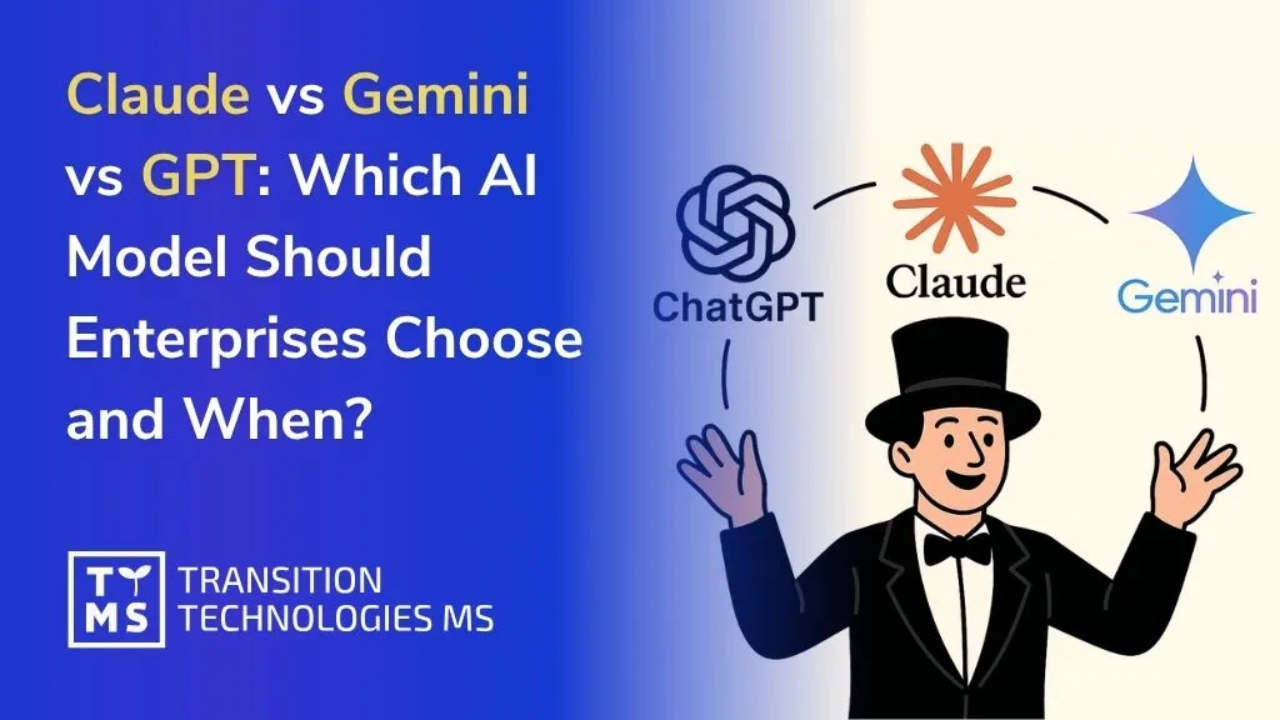
The rise of foundation models has marked a seismic shift in the world of artificial intelligence. Tools like GPT-4, Claude, and Gemini have transcended traditional narrow AI capabilities, opening doors to a new era where AI can understand, generate, and interact with human-like language and reasoning across domains. These large-scale models are no longer just tools — they are platforms upon which the future of work, creativity, education, and decision-making is being built.
What Are Foundation Models?
Foundation models are massive, pre-trained AI models trained on vast and diverse datasets. They serve as the base upon which specific applications can be built through fine-tuning or prompt engineering. Unlike earlier AI systems designed for single-purpose tasks, foundation models are general-purpose and capable of being adapted across a wide variety of domains without retraining from scratch.
Key Features of Foundation Models
- Massive Scale: Models like GPT-4 and Gemini are trained on trillions of words, images, code, and more, enabling them to understand context and nuance like never before.
- Multi-Modality: These models often integrate text, images, audio, and even video, allowing seamless interaction across input types.
- Few-Shot and Zero-Shot Learning: They can perform new tasks with minimal or no examples, a sharp contrast to older models that needed extensive retraining.
- Transferability: Once trained, they can be adapted for numerous applications — from chatbots and coding assistants to medical advisors and legal aids.
How They Are Transforming AI
1. Natural Language Understanding and Generation
Foundation models can generate coherent, human-like responses, summarize lengthy documents, and understand complex questions with minimal tuning. GPT-4 and Claude 2 have demonstrated near-human comprehension in language-intensive benchmarks.
2. Code Generation and Software Development
Tools like GitHub Copilot (powered by foundation models) assist developers by auto-completing code, suggesting fixes, and generating entire functions. Gemini, with its strong code reasoning abilities, is accelerating development workflows dramatically.
3. Education and Personalized Learning
Students now use GPT-4-based tutors that adapt to their learning speed and style. Foundation models can explain concepts, generate quizzes, and simulate classroom discussions, making personalized education scalable.
4. Business Automation and Customer Service
Claude and Gemini are being integrated into enterprise platforms to handle customer support, automate reports, and interpret business data in real time, vastly improving efficiency and decision-making.
5. Healthcare and Scientific Research
From analyzing clinical records to generating research hypotheses, foundation models are helping healthcare professionals save time and even catch early signs of disease through pattern recognition.
Core Differences Among GPT-4, Claude, and Gemini
| Model | Developer | Strengths | Notable Use Cases | Input Modalities |
|---|---|---|---|---|
| GPT-4 | OpenAI | Creativity, coding, general reasoning | ChatGPT, Copilot, Bing AI | Text, image (GPT-4V) |
| Claude | Anthropic | Ethical alignment, safe outputs | Enterprise workflows, AI writing partners | Text, documents |
| Gemini | Google DeepMind | Multimodal reasoning, code understanding | Google Workspace, Bard | Text, images, video |
Impacts Across Industries
| Industry | Impact of Foundation Models |
|---|---|
| Education | AI tutors, smart content creation, real-time explanations |
| Healthcare | Medical data analysis, AI diagnosis, research acceleration |
| Software | Code generation, debugging, architecture planning |
| Marketing | Copywriting, SEO optimization, customer targeting |
| Law & Compliance | Document summarization, case law search, legal drafting |
| Finance | Risk modeling, fraud detection, predictive analytics |
Benefits of Foundation Models
- Scalability: One model can support thousands of applications.
- Rapid Deployment: Little to no training is required for specific tasks.
- Language and Cultural Awareness: These models understand and generate content across dozens of languages and cultural contexts.
- Innovation Catalyst: Lowering barriers for startups and individuals to build intelligent applications.
Concerns and Challenges
- Hallucination: Despite their intelligence, these models can generate false or misleading information with high confidence.
- Bias and Fairness: Trained on internet data, foundation models can inherit and amplify societal biases.
- Security Risks: They can be exploited for misinformation, phishing, or generating malicious code.
- Control and Alignment: Maintaining safety and preventing unintended behavior remains a key research focus.
- Environmental Costs: Training these models requires substantial computational power and energy.
The Road Ahead
Foundation models are only getting more powerful. The focus now includes:
- Smaller, efficient models for on-device intelligence.
- Open-source alternatives to democratize access.
- Specialized models fine-tuned for legal, medical, and scientific domains.
- Greater alignment and interpretability, ensuring AI systems remain safe and understandable.
Overview Table: Evolution and Comparison
| Feature | Traditional AI | Foundation Models | Future Direction (Post-2025) |
|---|---|---|---|
| Scope | Narrow task-based | General-purpose | Domain-adaptive, real-time learning |
| Input Types | Mostly text/image | Multimodal (text, image…) | Fully immersive (3D, video, haptics) |
| Customization | Needs retraining | Prompt/few-shot learning | Real-time personalization |
| Deployment Time | Weeks to months | Hours to days | Instant and self-improving |
| User Interaction | Static responses | Dynamic, context-aware | Emotion-aware, proactive assistance |
| Accessibility | Limited to experts | Available via APIs & tools | Integrated into daily life interfaces |
3 Best One-Line FAQs
Q1: What makes foundation models different from traditional AI?
They are large, pre-trained, and versatile models capable of adapting to various tasks with little to no fine-tuning.
Q2: Are GPT-4, Claude, and Gemini examples of AGI?
No, they are powerful narrow AI models, but true AGI—human-level intelligence—has yet to be achieved.
Q3: Can foundation models replace human jobs?
They will automate certain tasks, but their real value lies in augmenting human productivity and creativity.
T

